Crutches are one of the oldest and most important aids for movement. They allow a person with an injured leg or after surgery to maintain mobility, reduce the load on the lower extremities and help them return to their usual life during the rehabilitation period.
Crutches are used not only for leg fractures, there are many other different indications for the use of this particular rehabilitation tool. But in order for crutches to perform their function without harm to health, it is very important to choose them correctly: according to the height, type of injury and physical capabilities of the person who will use them.
What are crutches and in what cases are they needed
Crutches are an orthopedic product designed to partially or completely relieve one or both legs. They take on part of the body weight, helping a person move without pain and the risk of re-injury.
Doctors recommend buying crutches in the following cases:
-
after fractures, dislocations or sprains of the lower extremities;
-
after operations on joints, bones or ligaments;
-
in case of paresis or temporary weakness of the leg muscles;
-
during the rehabilitation period after endoprosthetics.
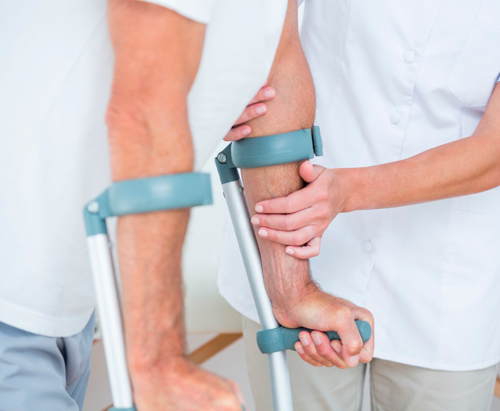
It is important to remember: crutches do not just help you move, they is part of the healing process. An incorrectly selected model or size can lead to fatigue, back, arm or shoulder pain.
A brief history of crutches
The first mentions of crutches appeared in Ancient Egypt. Archaeologists found wooden supports that warriors used after injuries. In the Middle Ages, crutches were made of heavy wood, and they more resembled sticks with a crossbar under the armpit.
Modern models have become much lighter, more comfortable and safer. Aluminum alloys, ergonomic handles, height adjustment and soft pads make movement comfortable even with prolonged use.
Types of crutches: which model to choose
Today, there are several main types of crutches, each of which has its own characteristics and scope of application. You can buy crutches online in our online medical equipment store MED1, where quality models are always available at a reasonable price.
But first, you need to take a closer look at what types of crutches there are and which ones are suitable for your case.
1. Axillary crutches
A classic model that is most often prescribed after lower limb injuries. They have an underarm support and a handle for the palm.
Such underarm crutches have their advantages:
-
provide maximum relief for the leg;
-
are suitable for people with weak arms or elderly patients;
-
are comfortable for prolonged use.
However, if the height is not adjusted correctly in this model, it can cause compression of blood vessels and nerves in the armpit area, which will cause some discomfort.
2. Elbow (or forearm) crutches
A more modern option, often used for minor injuries or during the later stages of rehabilitation. They have an elbow rest and a handle for the hand.
Armrest crutches are used because they:
-
are light, maneuverable, and convenient for short distances;
-
do not restrict arm movement, allowing you to use transport or carry things.
Doctors recommend using crutches with armrests more for active people, young patients, and athletes.
How to choose the right crutches for your height
Incorrectly adjusted height is the most common cause of discomfort, pain in the shoulders or back. Proper adjustment will help maintain balance, reduce strain, and make movement natural.
Always listen to your doctor's advice before buying crutches for rehabilitation. But there are general rules for choosing these products. For underarm crutches, we use the following rules:
-
The upper crossbar should be 2-3 cm below the armpit.
-
The handle is located at the level of the wrist when the arm is freely lowered down.
-
During support, the elbow should be slightly bent (approximately at an angle of 20-30°).
To choose elbow crutches, we suggest that you follow these tips:
-
The arm should be slightly bent under the at the same angle - 20-30 degrees.
-
When standing straight, the upper edge of the cuff should be 2-3 cm below the elbow.
-
The crutches should stand upright, not leaning forward or backward.
Most modern crutch models have height adjustment, so it's easy to choose the perfect option. If you have any doubts, it is better to ask your doctor about it, or trust the advice of a qualified consultant at a medical equipment store.
.png)
Important tips for using crutches
We also provide you with general recommendations on how to use crutches correctly, because for many this may be new information.
-
Do not lean your armpit on the support. Your body weight should be distributed through your arms, not through your armpits, to avoid pinching nerves.
-
Check the rubber tips. Worn tips can slip, especially on smooth floors or wet surfaces.
-
Wear comfortable shoes with non-slip soles. This reduces the risk of falling.
-
Learn to walk correctly. The step should be short and even, do not rush. The first few days it is better to train near a wall or a handrail.
-
Take care of your hands. If your hands get tired or you feel pain, you can purchase special soft grip pads.
-
Keep your back straight. Leaning forward puts additional strain on your arms and shoulders.
If after a few days of use you experience pain in your wrists, back or armpits, this is a signal that the crutches are not selected correctly. In such cases, it is worth contacting an orthopedist or rehabilitation specialist to correct the height or choose a different model.
Properly selected crutches — are not just convenience, but an important element of effective rehabilitation. They help to recover faster after an injury, maintain mobility and independence in everyday life.
When choosing crutches, pay attention to the type of injury and the doctor's recommendations, the material and weight of the structure, the possibility of height adjustment. And then you will be able to choose exactly the model of crutches that will be comfortable for you.

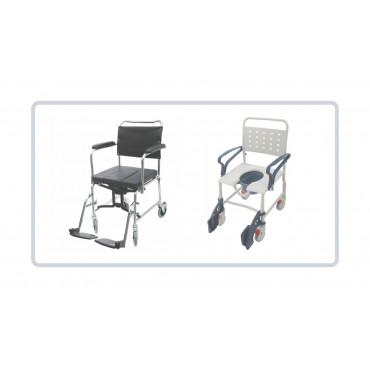
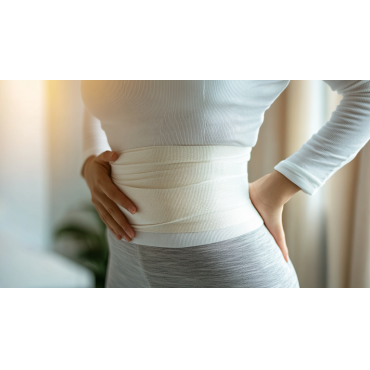

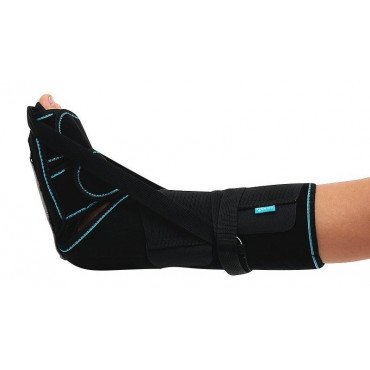
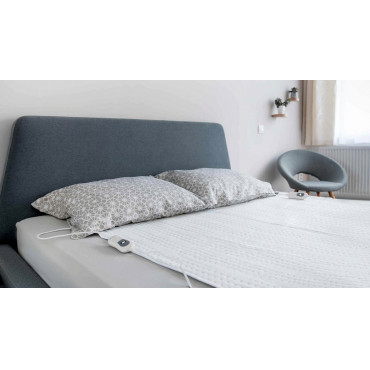
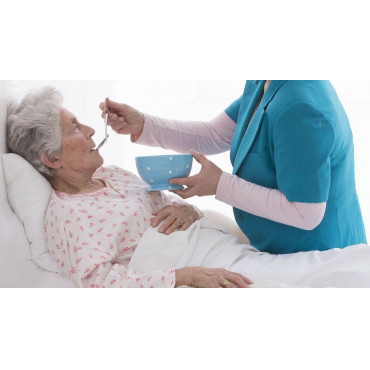
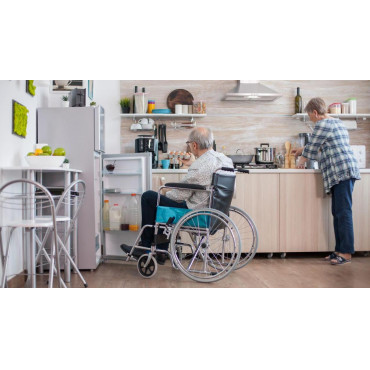
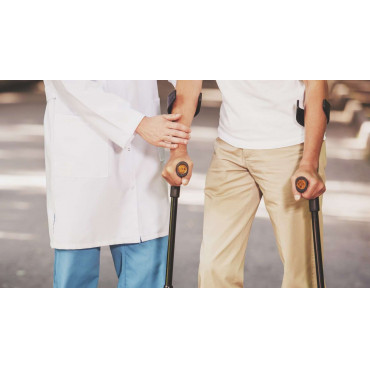
-370x370.jpg)
-370x370.jpg)